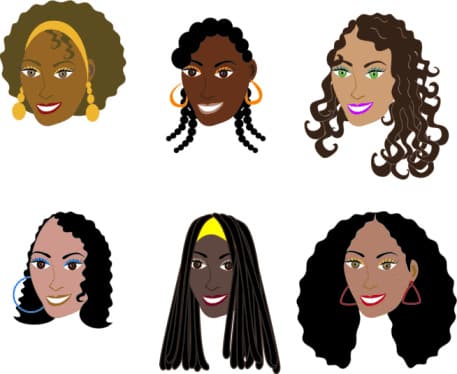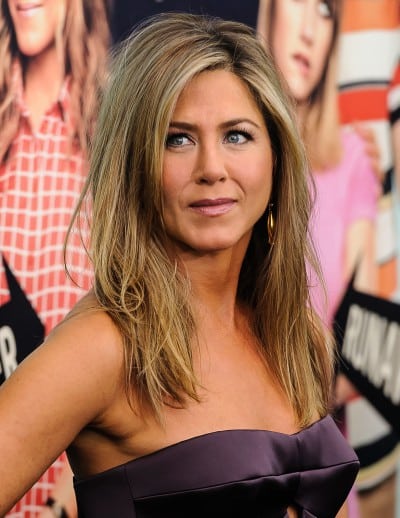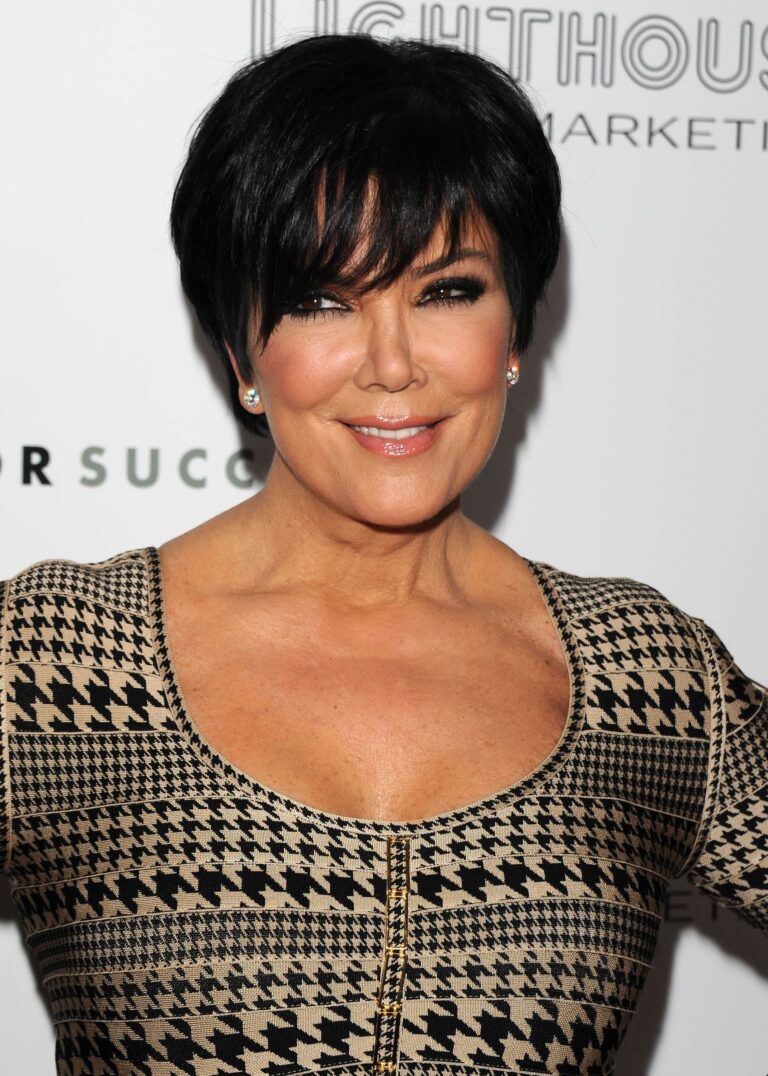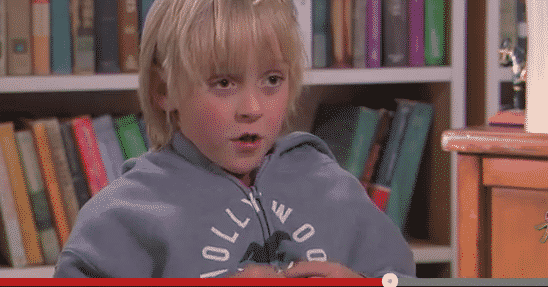Being The Curly-Haired Girl Made Me ‘Ethnic’
 A couple of days ago, our associate editor Mollie Hemingway wrote a post entitled “Do I Need To Worry About My Daughter’s Curly Hair” in reaction to curly hair being commonly observed as less professional. I would take it a step further and add that it’s also seen as considerably less chic, inappropriate for special occasions, and can also tinker with assessments of your race — at least in my case.
A couple of days ago, our associate editor Mollie Hemingway wrote a post entitled “Do I Need To Worry About My Daughter’s Curly Hair” in reaction to curly hair being commonly observed as less professional. I would take it a step further and add that it’s also seen as considerably less chic, inappropriate for special occasions, and can also tinker with assessments of your race — at least in my case.
My mother is half Black and half Italian, my father German/Irish, so between the two of them I landed somewhere between my father’s fair-ish skin and my mother’s long, textured curls. For the first part of my childhood, I had thick, wavy hair which was relatively easy to brush, comb, braid and cut into bobs suitable for family weddings and picture day. But by the time I came to junior high, puberty had given me that head full of frizzy curls that most often gets transformed in shampoo commercials.
For dances, bat mitzvahs, and parties, the assumption was always to get my hair back to what it was prior to puberty: thick and straight. I don’t remember now whether it was myself or my mother who first pulled out the hair dryer, but she was very complicit in solidifying the notion that “pretty” for her daughter very much meant having straight hair. She had been relaxing her own curls for the better part of my life and only went curly herself under the guise of a baseball cap.
Even when recalling slumber parties — teenage rituals which often served as glamor “pre-gaming” to major social outings– I always remember two or three friends holding my hair in pieces, the flat iron hot on my scalp.
When I was 14, I vividly remember going to get my hair trimmed and the hairdresser just shook her head when she saw me. So much straightening had predictably fried my hair to hay, and now I had to chop most of it off — a devestating sentence for most young girls. I vowed before going into high school that I would never straighten my hair again so as to keep my hair as long as possible.
While a lot of my peers still secretly struggled with flat irons in the mornings before school, I developed more pride for curls — sealing them in with creams and making a point to wear them down as often as possible. Teasing and the narrowmindedness of fellow teenagers I could handle, but upon attending a family reunion, I was told by an adult cousin that I looked “so ethnic” all of sudden. She hadn’t seen me since I had stopped worshipping at the altar of hair drying, and her reaction was somewhere between concern and forced politeness. Mothers of friends made similiar comments, putting their hands in my hair and asking what I was “going to do” about all my hair.
I had no idea prior to letting my hair be curly that I was passing as completely White to so many people, but the reaction from grownups as well as classmates revealed that my hair had thrown a wrench in their racial assumptions about me. Because my skin is somewhat ambiguous in tone, my curls were the one defining factor that tipped people off that I wasn’t White.
Events got often stranger when I became an adult.
I decided after college that I was no longer in love with having a tapestry of hair that required copious amounts of hair conditioner and combing. I remember going on job interviews and feeling like a little girl with hair all the way down my back. I had also lived in France the previous year and had pursued my dream of living like Jean Seberg — in all ways except the hair. I wanted a gamine cut, much like Winona Ryder and Audrey Hepburn. I finally found a stylist who would do it; she assured me that my hair did not curl at the root and the results were exactly what I wanted. But without my Lisa Bonet curls, I found that my racial identity had shifted once again.
Around the time I chopped my hair, I was between jobs, interning, writing, and pratically starving in New York. I had a friend who encouraged me to do some light modeling, specifically for craft books on sewing and knitting where apparently gamines were in demand. I did a series of shoots for a book on sewing and was a potential candidate for an additional shoot for the same book.
Later, I received an email from the author saying that the publisher had reviewed the photographs and had decided on an alternative model for the second shoot. Not being a professional model, I assumed that the photographer had found someone more skilled at this whole modeling business. She wrote back and said that upon studying my photographs, the publisher had pursed his lips and said that they wanted the next model to be more “ethnic.”





